TECHNOLOGY
Flying high with defence innovation
26 Nov 2024
A hybrid UAV with enhanced flight capabilities and software systems that analyse data from the Internet to detect online terrorism threats – these were some of the projects featured at this year’s Defence Technology Prize award ceremony.
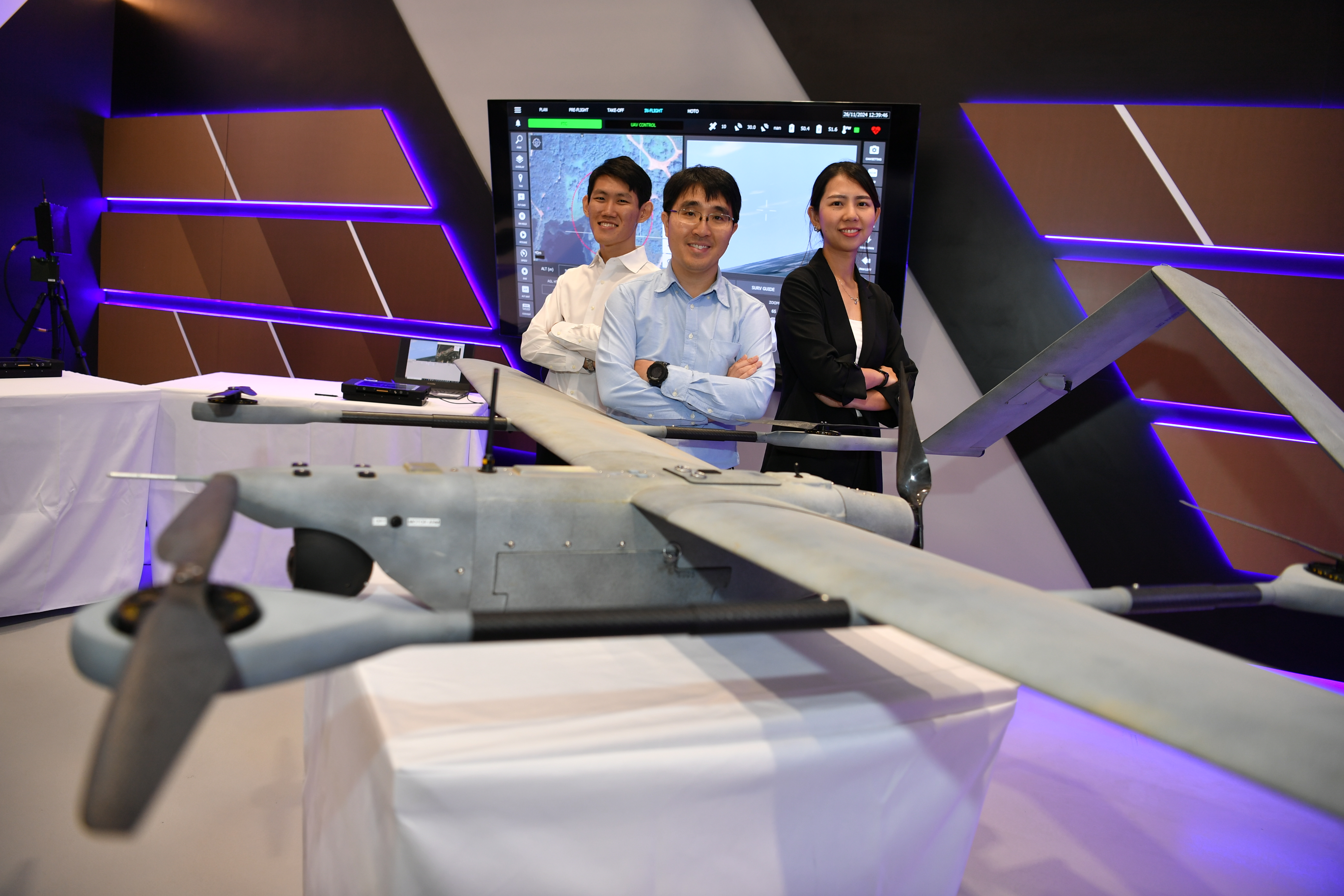
A mini-unmanned aerial vehicle (UAV) system which combines Vertical-Take-Off-and-Landing (VTOL) with Fixed-Wing (FW) flight performance?
Meet the V15 UAV – a hybrid design that addresses the limitations of traditional UAVs, such as requiring runways or parachutes for take-off and landing, while improving operational flexibility.
This was the brainchild of 41-year-old Ong Chengli, who is also the leader of the V15 UAV Development Team.
Most existing mini-class UAVs face challenges in the launch and recovery phases.
For take-off, they typically require bulky ground equipment such as catapults which increase the logistics tail. When it comes to landing, methods such as parachutes or airbags are deployed but these are vulnerable to wind gusts. As a result of the use of such high forces, these tend to cause damage to the UAV.
And while multi-rotor UAVs are capable of VTOL that can bypass these take-off and recovery challenges, they have a short flight time which limits the mission duration.
All these problems are solved with the V15 UAV.
“In VTOL mode, the V15 will take-off and land from a confined space with no additional ground equipment, making it easy for soldiers to deploy.
“In FW mode, the V15 gives long flight endurance to allow soldiers to accomplish their reconnaissance missions. Its flight control system also ensures a gentle landing with minimal shocks, reducing damages, while compensating for wind and gust effects,” explained Mr Ong, Programme Director in the Robotics Division from Defence Science Organisation (DSO) National Laboratories.
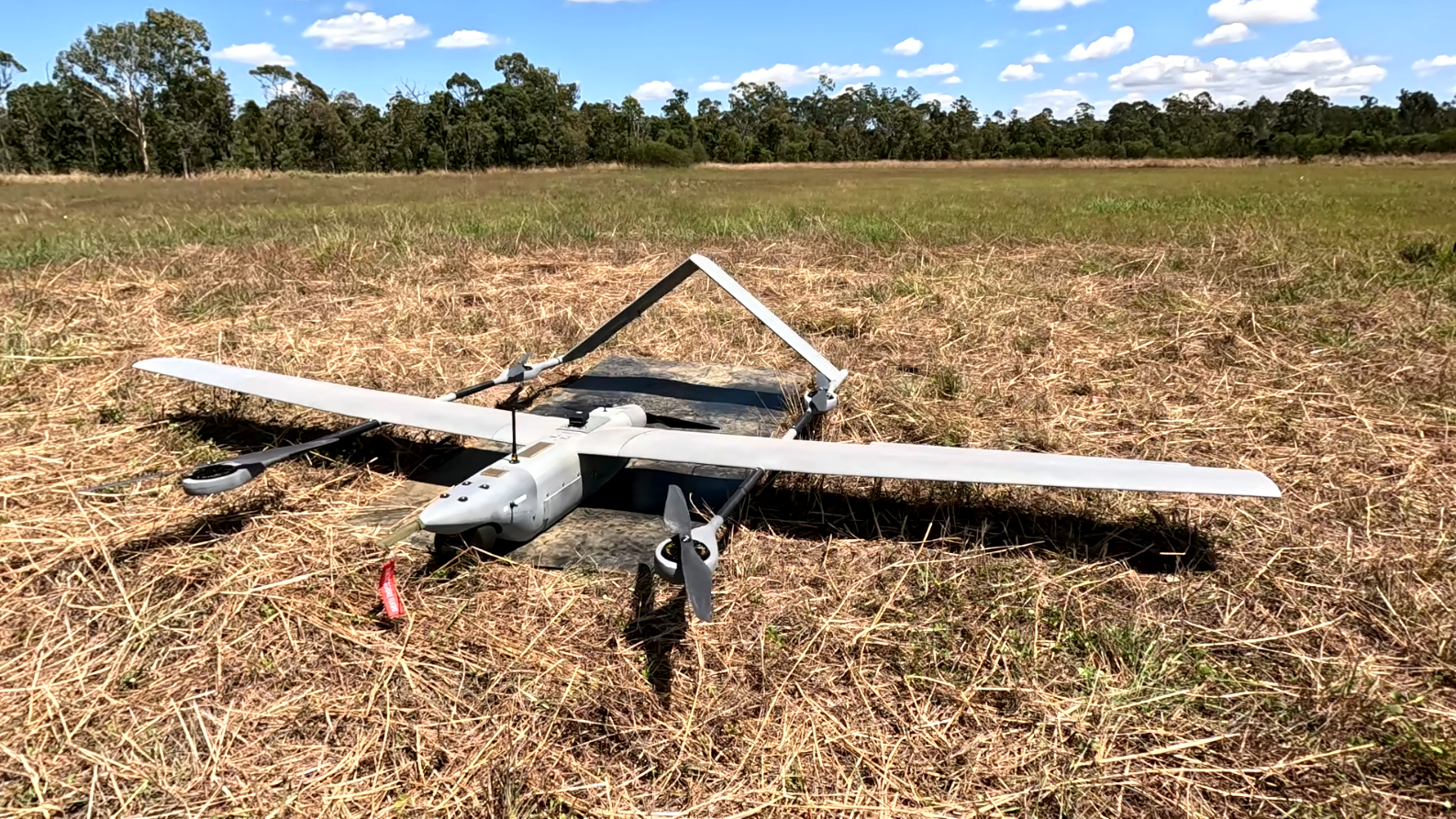
Engineering Excellence Under Pressure
The V15 UAV delivers a flight range of 15 km, an operational altitude of 2,000 ft and an endurance of three hours, making it a versatile tool for long-range surveillance missions.
Its hybrid flight control system ensures smooth transitions between VTOL and fixed-wing modes, even in challenging weather conditions.
The system also incorporates layers of autonomy, enabling operators to focus on their core surveillance missions without distractions.
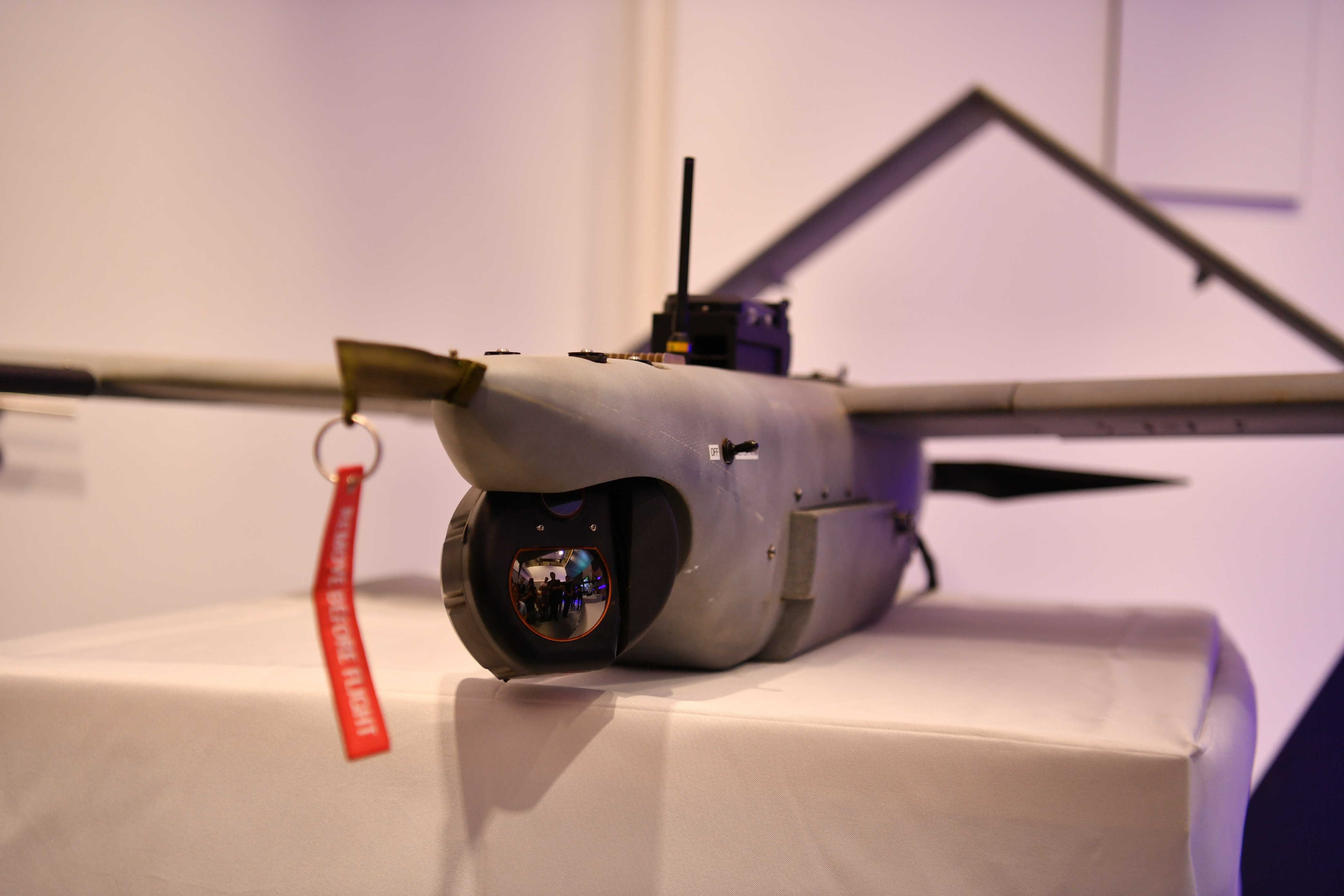
“Unmanned aerial vehicles are crucial for the Army to conduct surveillance missions… (and) ease of deployment was a key consideration,” said Mr Ong.
“We wanted the V15 to be operable in confined spaces and ready for deployment with minimal preparation. This directly supports soldiers in achieving their mission objectives.”
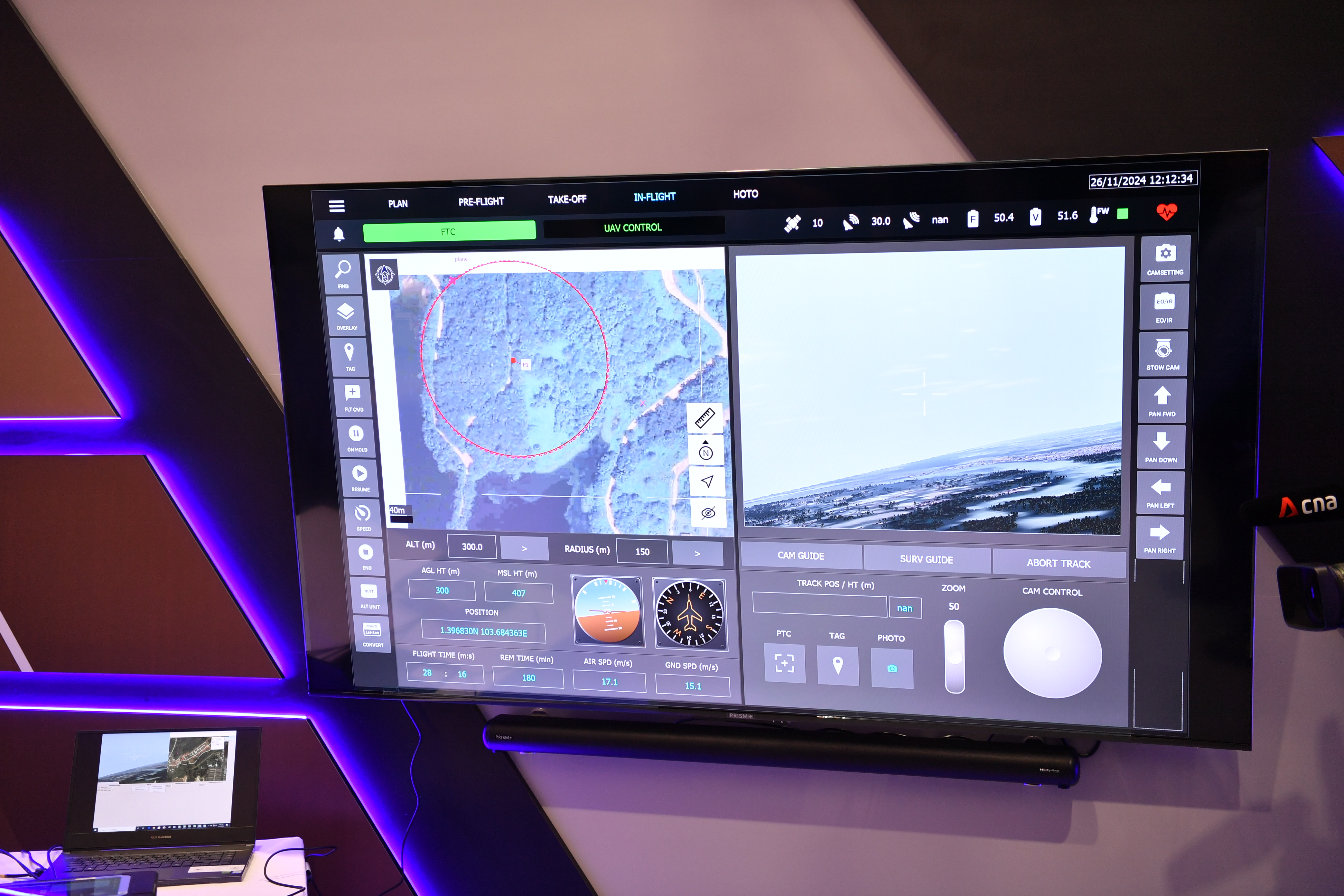
To ensure that it was fit for deployment, the team put the V15 UAV through countless tests in different countries and across various climates. Some of the challenges during testing included harsh environmental conditions, equipment failures and strong winds.
These trials not only enhanced the system’s robustness but also demonstrated its operational flexibility.
“Through extensive testing, we validated the UAV’s streamlined aerodynamics and efficient propulsion,” said Mr Ong.
“Every challenge pushed us to refine the V15 further and make it more resilient.”

Honouring the Best in Defence Technology
For their innovation, the V15 UAV Development Team was awarded the Team (Research & Technology) Award at the Defence Technology Prize award ceremony on 26 Nov.
Held at DSO Auditorium, the award ceremony recognises contributions that have helped the Singapore Armed Forces (SAF) maintain its sharp edge in defence capabilities.
This year's winners comprised two individuals and four teams from the Defence Technology Community, including Defence Science and Technology Agency (DSTA) and DSO National Laboratories.
Advancing Digital Defence
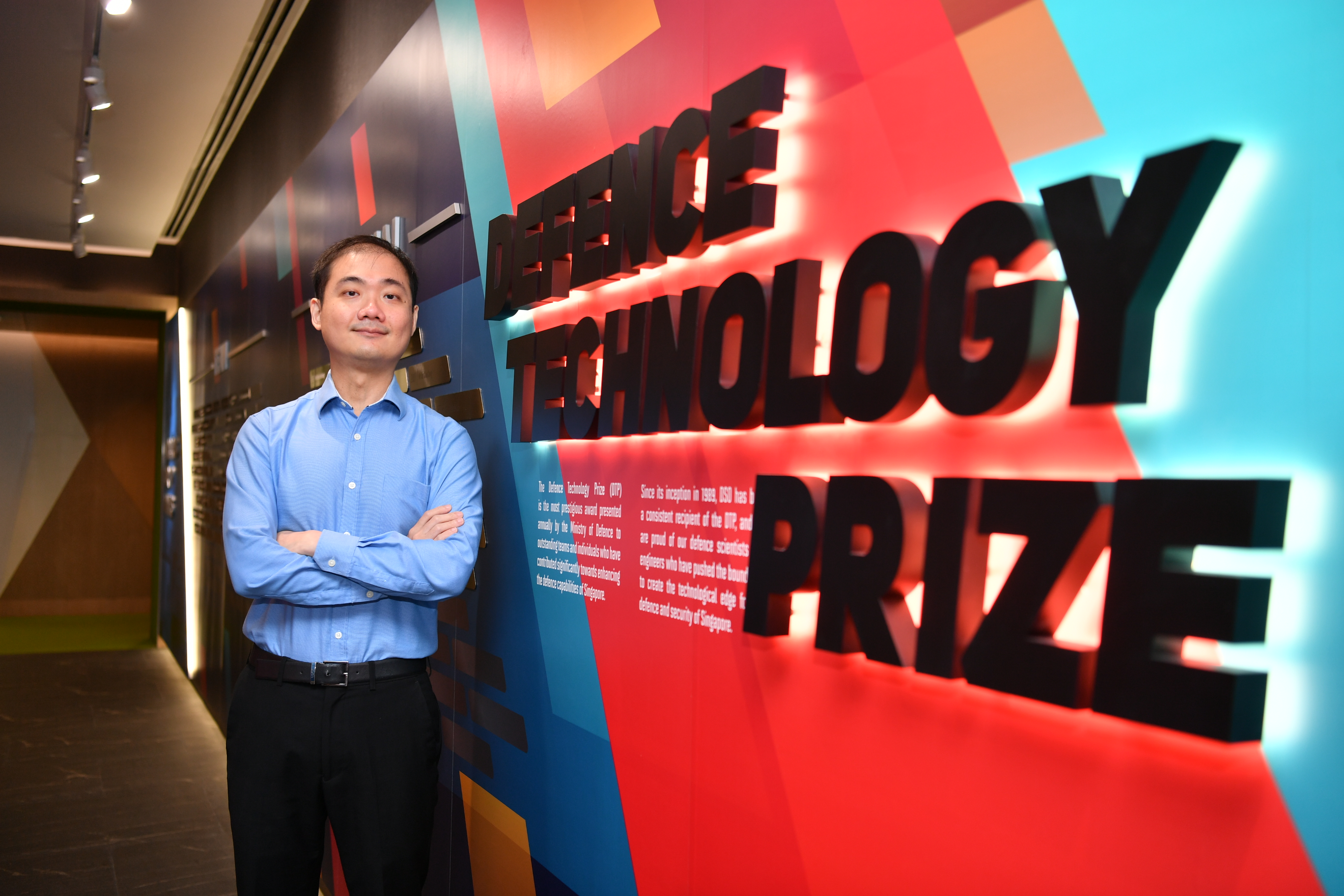
Among the individual award recipients is Mr Ong Khoon Kiat, who has worked on software systems that detect and counter online threats, including misinformation and extremist propaganda.
These systems, used daily by analysts, help MINDEF and the SAF develop swift and effective countermeasures.
“One of the key functions I worked on was developing software systems that analysed data from the Internet to detect online terrorism threats. These systems play a crucial role in supporting security operations and countering evolving threats,” explained Mr Ong, who was awarded the Individual (Engineering) Award.
The 39-year-old is a Director (Technology Development and Collaboration) in DSTA.
His team collaborates extensively with local start-ups, small and medium-sized enterprises as well as research institutes to integrate cutting-edge technologies Singapore's digital defence.
Defending the future

Receiving the Defence Technology Prize was a humbling experience for Mr Ong, who credited his mentors for their guidance and support.
“This award is an affirmation of our efforts to protect Singapore’s interests. It reflects the collective contributions of my colleagues, partners and mentors who have inspired me throughout this journey,” he said.
With a focus on innovation and collaboration, Mr Ong aims to continue pushing boundaries in safeguarding Singapore’s digital future.
“The real capability lies in the people who develop the systems. Building on the work of our predecessors, my team and I continue the mission to enhance indigenous capabilities in defence technology,” he added.
“This is important work that impacts our soldiers and missions. No matter how long it takes or how challenging the journey is, it has to be done.”
ALSO READ IN TECHNOLOGY

AI joins the fight in national cyber defence exercise
12 Nov 2025
AI and closer collaboration among agencies and industry are taking centre stage in this year’s Critical Infrastructure Defence Exercise (CIDeX).
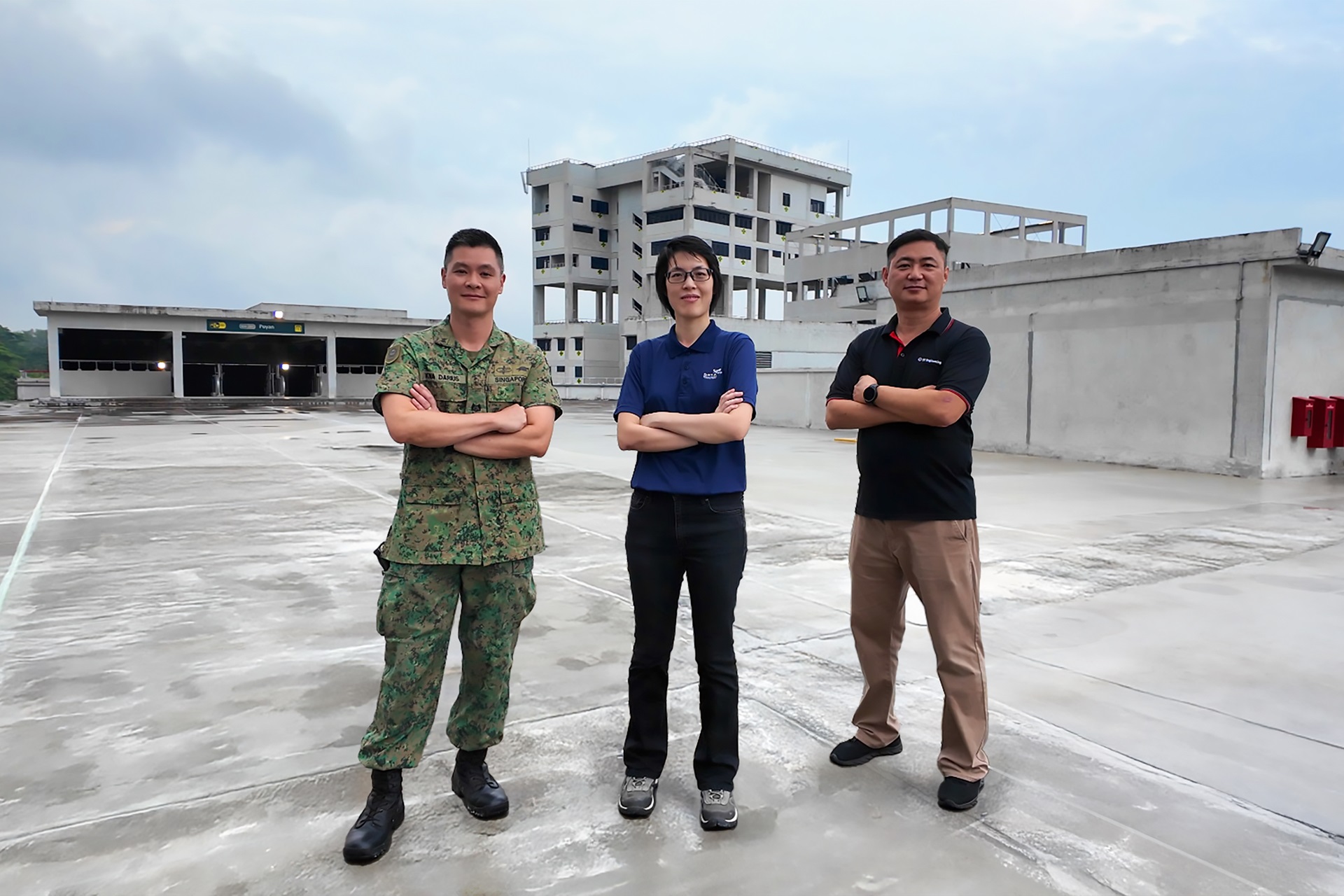
They built this city
01 Oct 2025
Turning vision to reality: the team behind SAFTI City clinches the Defence Technology Prize 2025 Team (Engineering) Award!
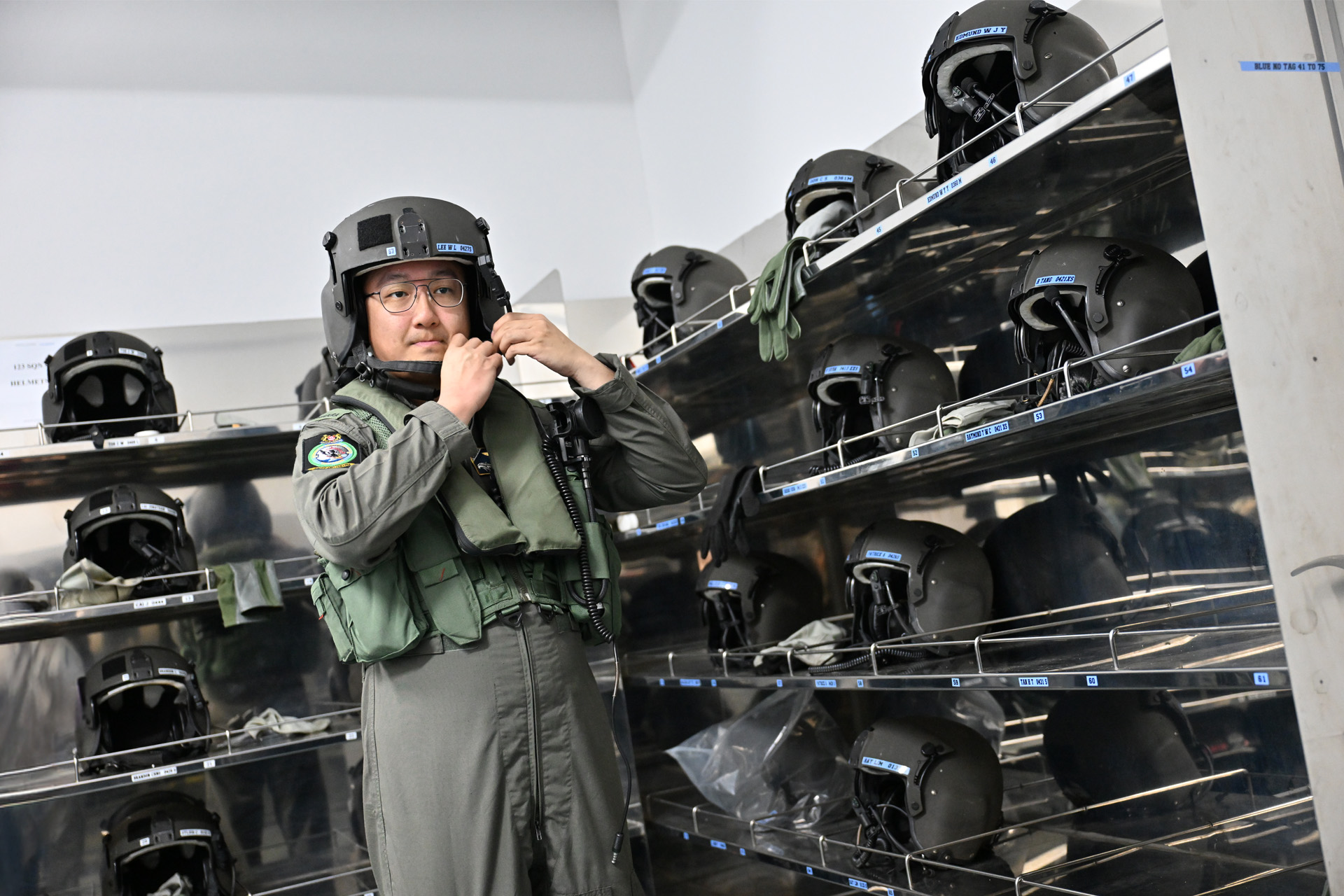
Operating over skies & seas
22 Aug 2025
This gear is designed to help a Sensor Supervisor survive emergencies in the air and at sea.


